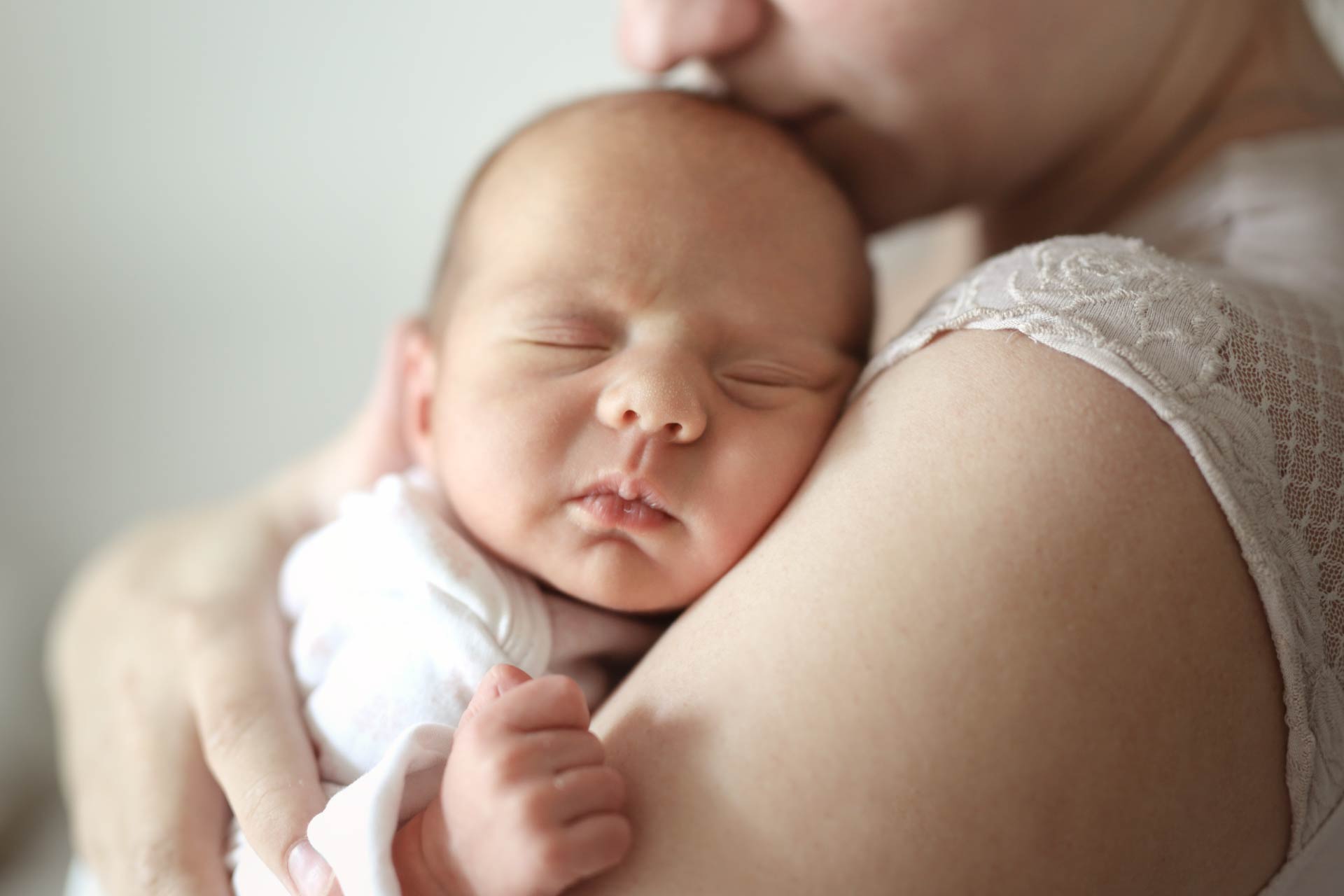• Restoring the microbiota of babies born by C-section
• Disease protection
What is already known on this topic
During labor and birth, mothers pass to their babies some of the microbes that will colonize the infants’ bodies, helping their immune system to develop. However, Cesarean sections can disturb this passing of microbes and alter the infant microbiota, thus leading to an increased risk of conditions such as obesity, asthma and metabolic diseases.What this research adds
Researchers followed 177 infants during the first year of their life: 98 babies were born vaginally and 79 were born by C-section, of whom 30 were swabbed with their mother’s vaginal fluid right after birth. The microbiota of the infants swabbed with vaginal fluids was close to that of vaginally born babies. What’s more, the mothers’ vaginal microbiotas on the day of birth were similar to other areas of their bodies — including the gut, mouth, and skin, which highlights the importance of the maternal sources of microbes for the developing infant microbiota.Conclusion
The findings suggest that restoring a baby’s natural exposure to maternal vaginal microbes after a C-section birth can normalize the development of the microbiota in the first year of life.
Babies born by Cesarean section don’t have the same healthy bacteria as those born vaginally. Now, researchers have found that these natural beneficial bacteria can be restored by swabbing newborns with vaginal fluids from their mother.
The findings, published in the journal Med, suggest that restoring a baby’s natural exposure to maternal vaginal microbes after a C-section birth can normalize the development of the microbiota in the first year of life.
Scientists have known that during labor and birth, mothers pass to their babies some of the microbes that will colonize the infants’ bodies, helping their immune system to develop. However, Cesarean sections can disturb this passing of microbes and alter the infant microbiota, thus leading to an increased risk of conditions such as obesity, asthma and metabolic diseases.
To determine the effect of swabbing newborns with maternal vaginal fluids after a C-section birth, Maria Gloria Dominguez Bello at Rutgers University and her colleagues followed 177 infants during the first year of their life. Of these, 98 babies were born vaginally and 79 were born by C-section; 30 babies born by C-section were also swabbed with their mother’s vaginal fluid right after birth.
Restoring the microbiota of babies born by C-section
The microbiota of the infants swabbed with vaginal fluids was close to that of vaginally born babies, the researchers found. This effect was most prominent in the gut and skin microbiota. Babies born by C-section had a greater microbial variability than vaginally born infants, whereas the variability of seeded infants was intermediate. This suggests that vaginal seeding could help to stabilize the development of the microbiota in babies delivered by C-section.
Bacteria such as Bacteroides, Streptococcus, and Clostridium were commonly found in the guts of seeded infants. In the mouth of these infants, the researchers found mostly species from Gemellaceae, Haemophilus, and Streptococcus; on their skin, the most common bacteria included species from Streptococcus, Neisseria, and Thermus.
The team also found that the mothers’ vaginal microbiotas on the day of birth were similar to other areas of their bodies — including the gut, mouth, and skin. “These results point to the importance of maternal sources of microbes on the developing infant microbial consortium,” the researchers say.
Disease protection
The findings show that microbial differences associated with the mode of delivery can be reduced by exposure to a vaginal microbial source at birth. “Our results clearly indicate that, from very early time points, the microbiota of an infant largely resembles the same maternal site, supporting the idea of strong site selection occurring from very early ages,” the researchers say.
Next, the team plans to conduct other clinical trials to determine if the normalization of the gut microbiota protects babies from disease. “Our results support the hypothesis that acquiring maternal vaginal microbes normalizes microbiome development in the babies,” Dominguez Bello says. “Further research is needed to determine which bacteria protect against obesity, asthma and allergies — diseases with underlying inflammation.”
More work is also needed to determine the best way to transfer the mother’s microbiota to her infant — whether through vaginal seeding or fecal microbial transplant, as well as to develop a universal cocktail of bacteria that can be used to restore the microbiota in babies born by C-section, the authors say.











